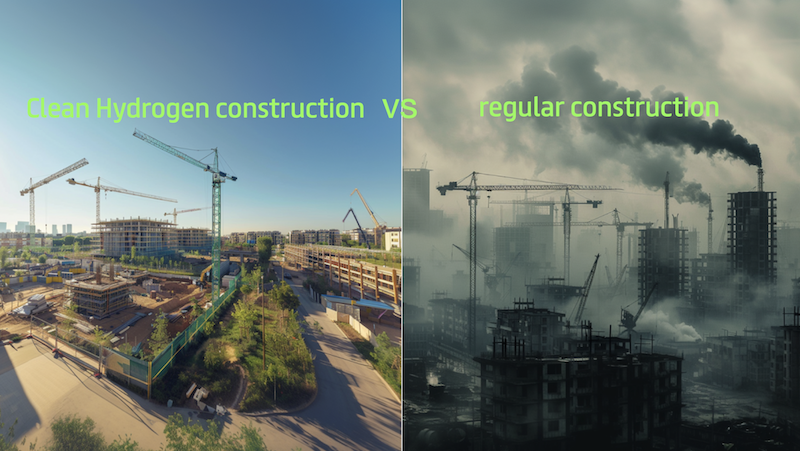Hydrogen itself is a clean fuel with almost limitless applications, from fuelling transport to industry, and domestic homes.
However, in order to use hydrogen for these applications it has to be manufactured. And unless we’re talking about ‘green hydrogen’ then the manufacturing process can be energy-intensive, and have carbon byproducts.
So why all the different colours of hydrogen? and what do they all mean?
Here’s a very simple list to explain, in reverse order of environmental friendliness, ending with our hero clean fuel ‘green hydrogen’:
1. Brown hydrogen is created through the gasification of coal. Coal gasification is the process of producing syngas—a mixture consisting primarily of carbon monoxide, hydrogen, carbon dioxide, natural gas, and water vapour —from coal and water, air and/or oxygen. Historically, coal was gasified to produce coal gas, also known as “town gas”.
2. Grey hydrogen is produced from natural gas, and has carbon waste as a result. It is when natural gas is split into Hydrogen and CO2. But the CO2 is not captured and is released into the atmosphere.
3. Blue hydrogen uses carbon capture and storage for the greenhouse gases produced in the creation of grey hydrogen.
4. Green hydrogen – the holy grail of clean hydrogen – is manufactured through the process of Electrolysis.
Electrolysis is a simple process in which water (H2O) is split into its component parts of Hydrogen and Oxygen. An electrical current is required to split the water in an electrolysis plant, and if the source of that electricity is renewable, (i.e wind or solar), then the resulting hydrogen is classified as Green!
The green hydrogen can then be loaded into trucks and delivered for use in powering a vast number of different applications. From hydrogen for refuelling stations for use in our transport systems, for buses, trains or boats, gas networks or industrial hubs.






